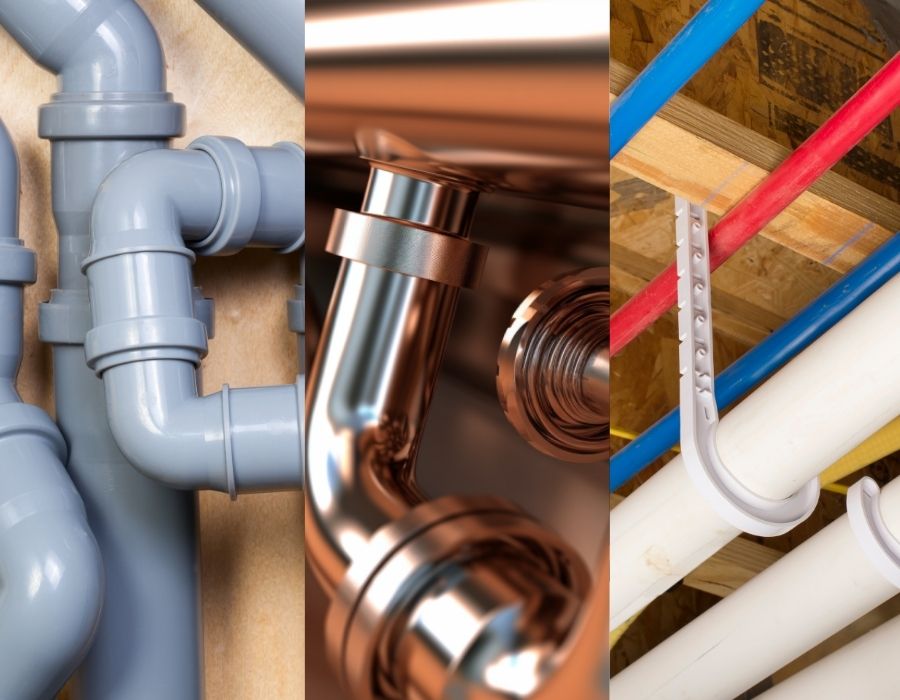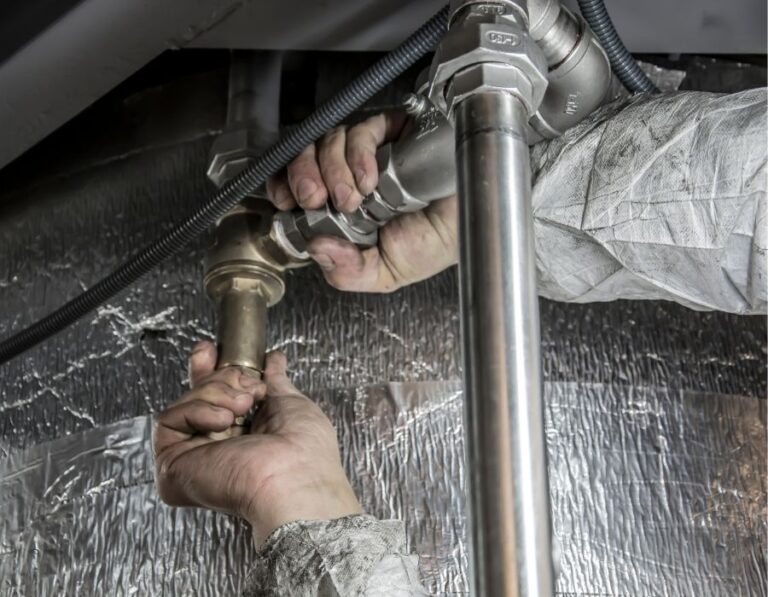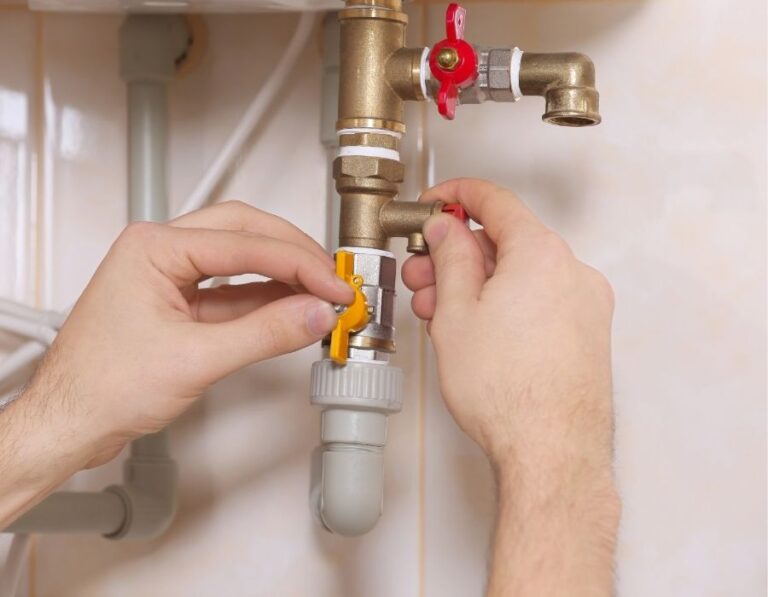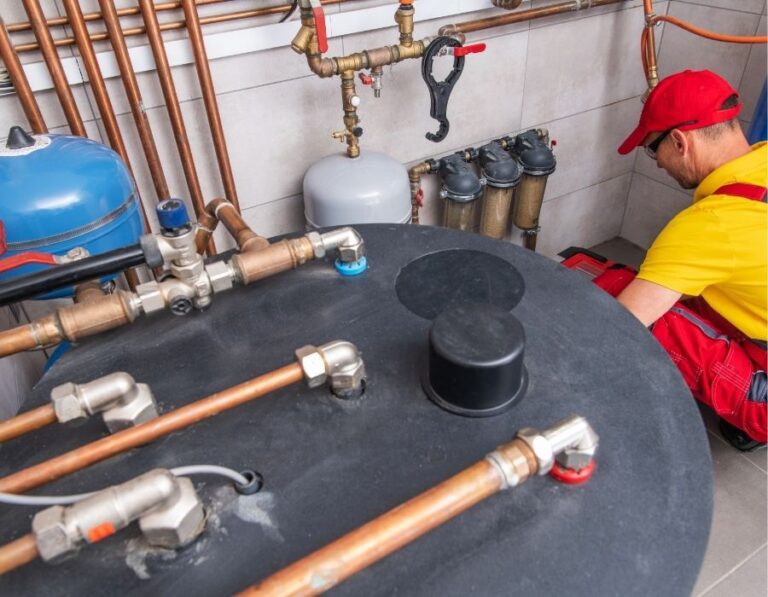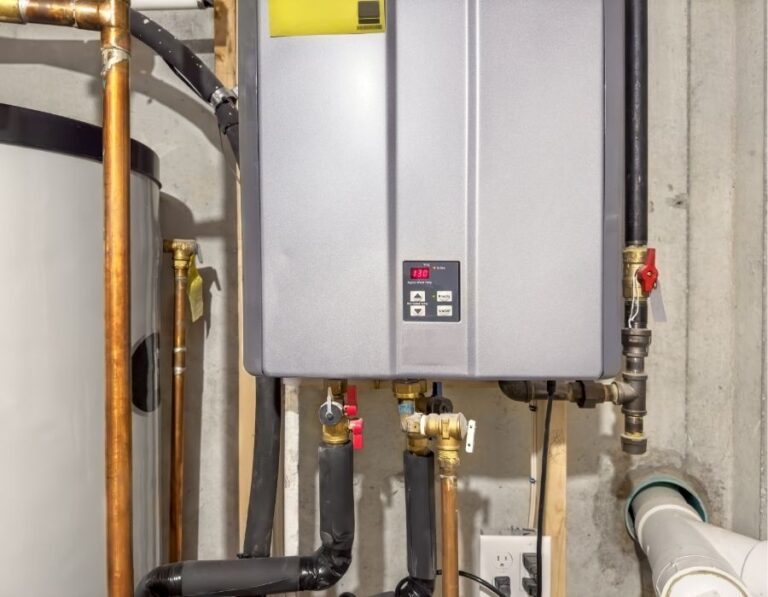PVC vs. Copper vs. PEX: Which Plumbing Pipe Is Right for Your Project?
Choosing the right plumbing pipe can feel like navigating a maze of materials, each with its own set of promises and pitfalls. It’s a decision that impacts not just the flow of water in your home, but also your peace of mind and wallet. Whether you’re building anew or upgrading an old system, the stakes are high, and the options—PVC, copper, PEX—can be overwhelming.
But don’t worry; you’re not alone in this. Many homeowners face the same dilemma, weighing factors like durability, cost, and ease of installation. In this guide, we’ll demystify these common piping materials, providing you with the insights needed to make an informed choice that suits your specific needs and budget. Let’s dive in and find the perfect fit for your plumbing project.
Comparing PVC, Copper, and PEX Pipes
1. PVC (Polyvinyl Chloride)
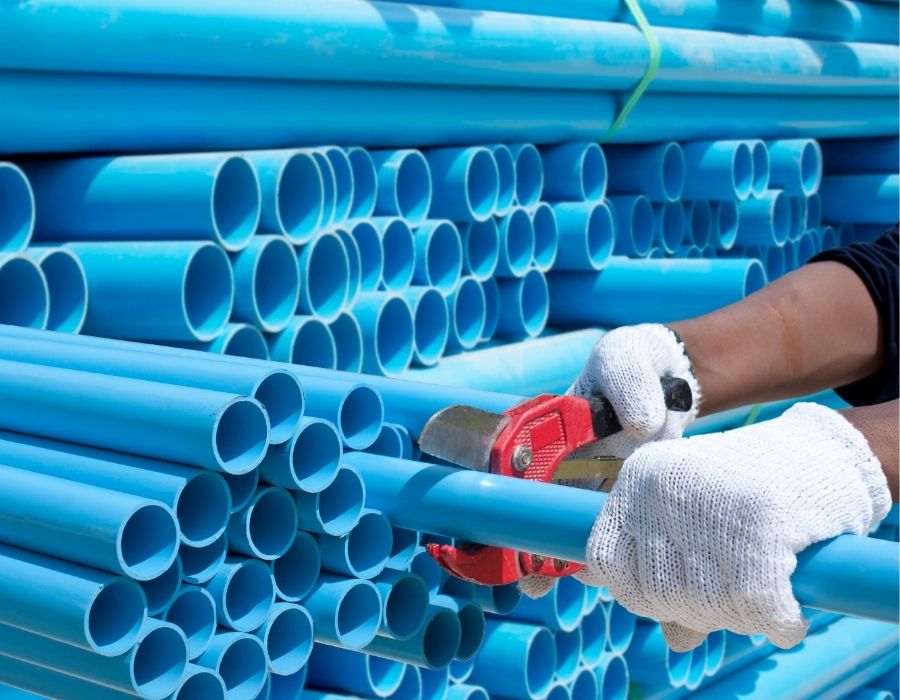
PVC (Polyvinyl Chloride) pipes are a staple in modern plumbing, particularly favored for drain, waste, and vent (DWV) systems. Their lightweight nature and affordability make them an attractive option for both residential and commercial applications. PVC’s resistance to corrosion and chemical damage ensures longevity in various environments, and its smooth interior surface promotes efficient water flow by minimizing friction. Installation is relatively straightforward, often involving solvent welding, which creates strong, leak-resistant joints without the need for complex tools or equipment. These characteristics contribute to PVC’s widespread use in plumbing projects where cost-effectiveness and ease of installation are paramount.
PVC pipes are not without limitations. They are unsuitable for hot water applications, as high temperatures can cause the material to warp or degrade over time. Additionally, prolonged exposure to ultraviolet (UV) light can lead to brittleness and reduced structural integrity, making PVC less ideal for outdoor installations unless adequately protected. Despite these drawbacks, PVC remains a popular choice for cold water distribution, drainage systems, and vent lines, offering a balance of performance and affordability for many plumbing needs.
2. Copper
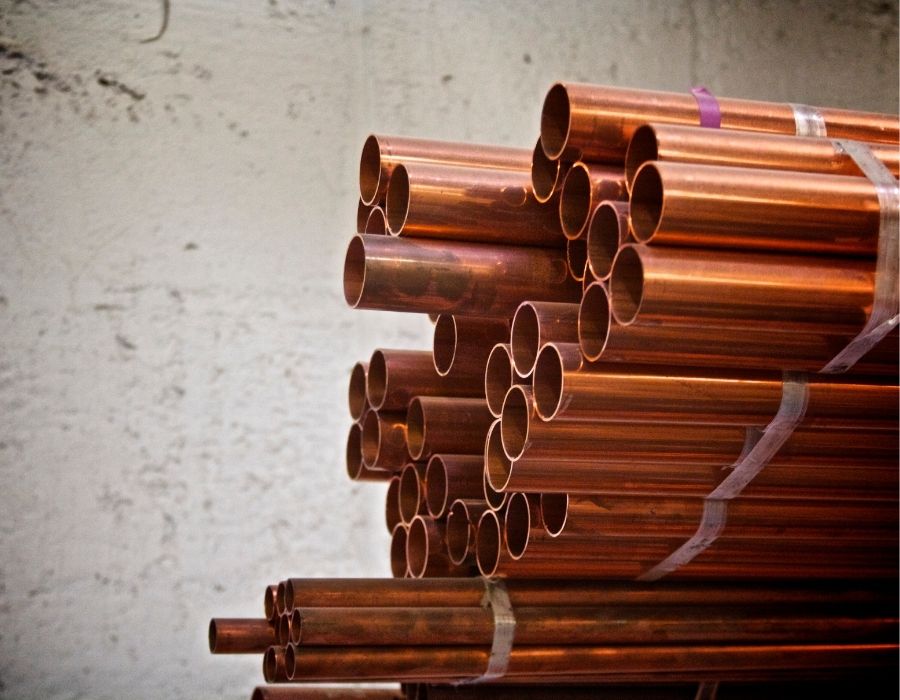
Copper piping has long been a cornerstone in plumbing systems, renowned for its exceptional durability and reliability. With a lifespan often exceeding 50 years, copper pipes are a preferred choice for both hot and cold water supply lines. Their ability to withstand high temperatures and resist bacterial growth makes them ideal for ensuring a safe and efficient water distribution system. Additionally, copper’s natural resistance to corrosion contributes to its longevity, providing homeowners with a low-maintenance solution that stands the test of time. The material’s rigidity also allows for precise installations, maintaining structural integrity over decades.
The material and installation costs are higher compared to alternatives like PVC or PEX, primarily due to the need for soldering and specialized labor. In areas with acidic water, copper pipes may be susceptible to corrosion over time, potentially leading to pinhole leaks. Moreover, in colder climates, copper pipes can be prone to freezing and bursting if not properly insulated. Despite these challenges, copper remains a top choice for plumbing applications where long-term performance and reliability are paramount.
3. PEX (Cross-linked Polyethylene)
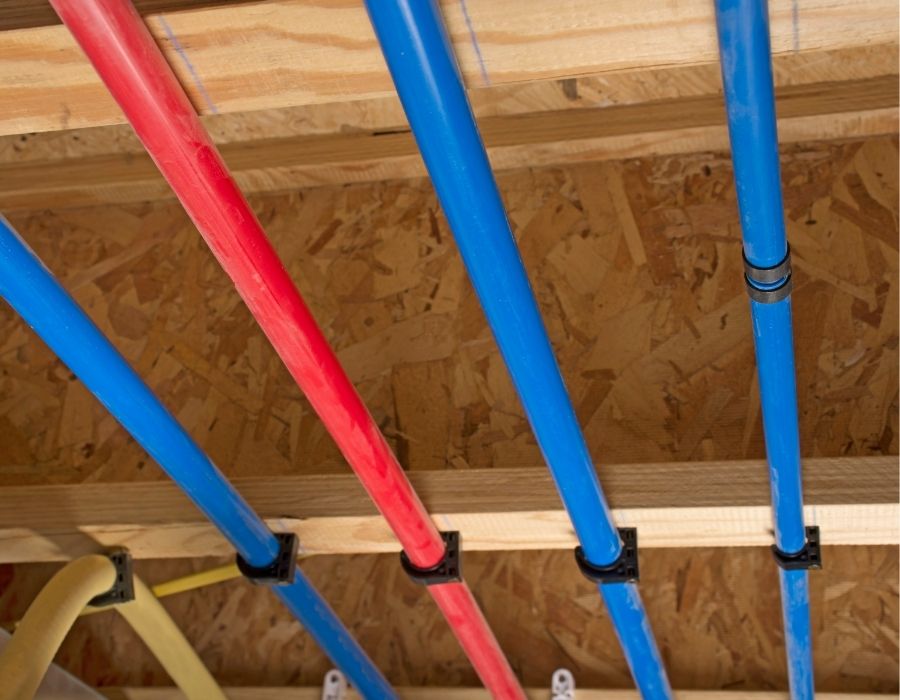
PEX (cross-linked polyethylene) piping has revolutionized residential plumbing with its flexibility and ease of installation. Unlike rigid materials, PEX can bend around corners and obstacles, reducing the need for multiple fittings and joints. This flexibility not only simplifies the installation process but also minimizes potential leak points, enhancing the overall reliability of the plumbing system. Additionally, PEX’s resistance to scale buildup and chlorine corrosion makes it a durable choice for water supply lines. Its color-coded design—typically red for hot water and blue for cold—further streamlines the installation and maintenance processes.
PEX is not without its drawbacks. Its sensitivity to ultraviolet (UV) light means it should not be used in outdoor applications unless adequately protected, as prolonged exposure can degrade the material. There have also been concerns about chemical leaching, particularly if non-certified PEX is used, underscoring the importance of selecting products that meet safety standards. Furthermore, while PEX has a respectable lifespan of 30 to 50 years, it may not match the longevity of copper piping. Despite these considerations, PEX remains a popular choice for indoor water supply lines, especially in new constructions or retrofits, due to its cost-effectiveness and installation efficiency.
Frequently Asked Questions
Choosing the Right Pipe for Your Plumbing Project
Selecting the appropriate piping material is a critical decision that influences the longevity, efficiency, and safety of your home’s plumbing system. PEX, with its flexibility and cost-effectiveness, is ideal for indoor water supply lines, especially in new constructions or retrofits. Copper offers unmatched durability and is suitable for both hot and cold water supply lines, making it a reliable choice for long-term installations. PVC, being lightweight and affordable, is commonly used for drainage systems, vent lines, and cold water applications.
Each material has its unique advantages and potential drawbacks. Therefore, it’s essential to assess your specific needs, budget, and the nature of your project. Consulting with a professional plumber can provide valuable insights and help you make an informed decision that aligns with your home’s requirements. By choosing the right piping material, you ensure a durable and efficient plumbing system that stands the test of time.

